Understanding Weeds – How to Kill them?

When I was a child, I loved to pick Dandelions. The pretty yellow flowers were small, colorful, and looked nice tucked behind my ear! However, if one had popped up in the front yard, my hair accessory would have been considered an atrocity!
I often feel sorry for weeds. They are plants too. In fact, if you flipped through a botany field guide, you may be surprised at the plants you find classified as weeds! But simply put, a weed is really defined as a plant out of place. Clover in one persons flowing lawn may be considered fashionable, whereas on another, not. Golf greens are often covered with bentgrass, but if it crept up in some yards, it would be considered a weed. While perhaps pretty on their own, weeds stick out like a sore thumb in yards because they may be of a different color, size or texture. This is distracting from the beauty of the otherwise sprawling green turf. Aside from aesthetic values, weeds can also drain nutrients from grass and other plants, and this competition of resources can thin what should be lush. And what’s worse is that weeds are fighters. They can withstand conditions that your wanted greens cannot, so they are almost inevitable!
Treating weeds begins with correct identification. There are two classifications of weeds: Grassy and Broadleaf. These are further broken down into groups like perennial, biennial, and winter and summer annuals. These, as you may gave guessed, depict their growing patterns. Grassy weeds are, as they sound, like grass. However, they are unwanted grass, or grass that is growing in a different type of lawn. Some examples are annual bluegrass, barnyard grass, crabgrass, creeping bentgrass and foxtail. Broadleaf weeds may appear more to be what most people picture weed-like growth to be. Since they are broad, they are more easily distinguished. Some examples are yarrow, knotweed, chickweed, clover, ground ivy, thistle and my favorite, the dandelion.
Once you understand what is growing in your lawn and decide that it is unwanted, you can treat it and/or control it. Weeds can actually be controlled by your lawn care maintenance. If you maintain a dense and vigorously growing lawn, you are already combating the problem. Weeds can be a sign of underlying problems in the environment beneath. So by just killing them, you are simply putting on a band-aid, not solving the problem. For example, some weeds grow in situations of compacted soil, such as knotweed. You can also control the growth by taking better care of the grass, rather than focus on the weeds. You can raise or lower the mowing height, change the frequency of mowing and changing the amount of time between irrigating. Also, you can increase or decrease application of fertilizer and aerify the soil. This will maintain better grass, thus keeping the growth dense and vigorous, which as discussed above, does not attract weeds.
In addition to culture practices, sometimes the assistance of chemicals is needed to control weed growth. In that case, there are several types of herbicides that can be used. Preemergence herbicides will affect seeds that are germinating. Since they are best used two to three weeks before the seeds start to grow, these work best to combat annual weeds. Postmergence herbicides are used, as their prefix implies, after the weeds have sprouted. Since they must be absorbed through the leaves, this types of herbicide works best with a spray. These can be used at any time, but are most effective when the weed is still young and growing. Selective postmergence herbicides are usually used to control annual, biennial and perennial broadleaf weeds, as they will not damage grass. But, they can kill trees, shrubs and flowers. These have to be used in proper conditions as well, with no rain in the forecast for two days to follow, air 60-80 degrees and no winds. Finally, non-selective postmergence herbicides kill all types of weeds, and are best used to spot treat grassy weeds that are not affected by the selective herbicides.
So next time you see a Dandelion plant growing, don’t make a wish and blow the seeds toward in the direction of a lawn fanatic- they may not get the perfectly manicured lawn they wished for!
The Author:
Lawncaresite


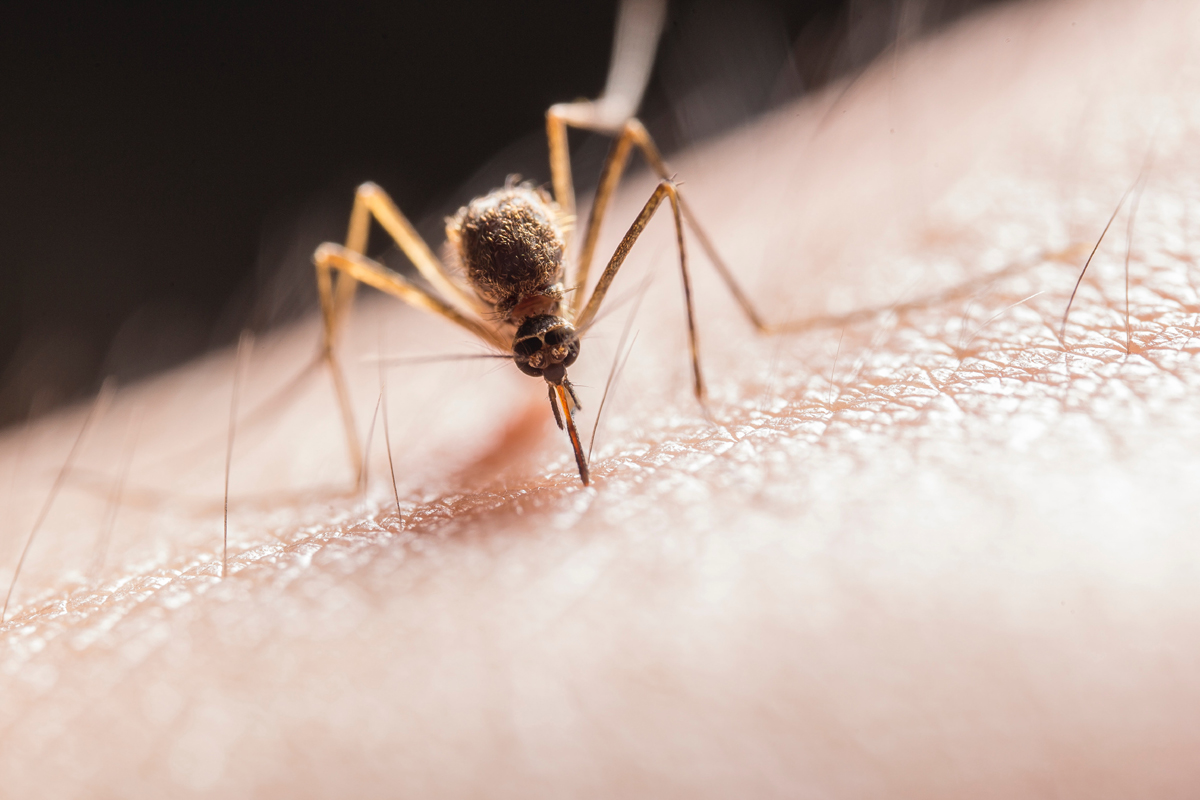
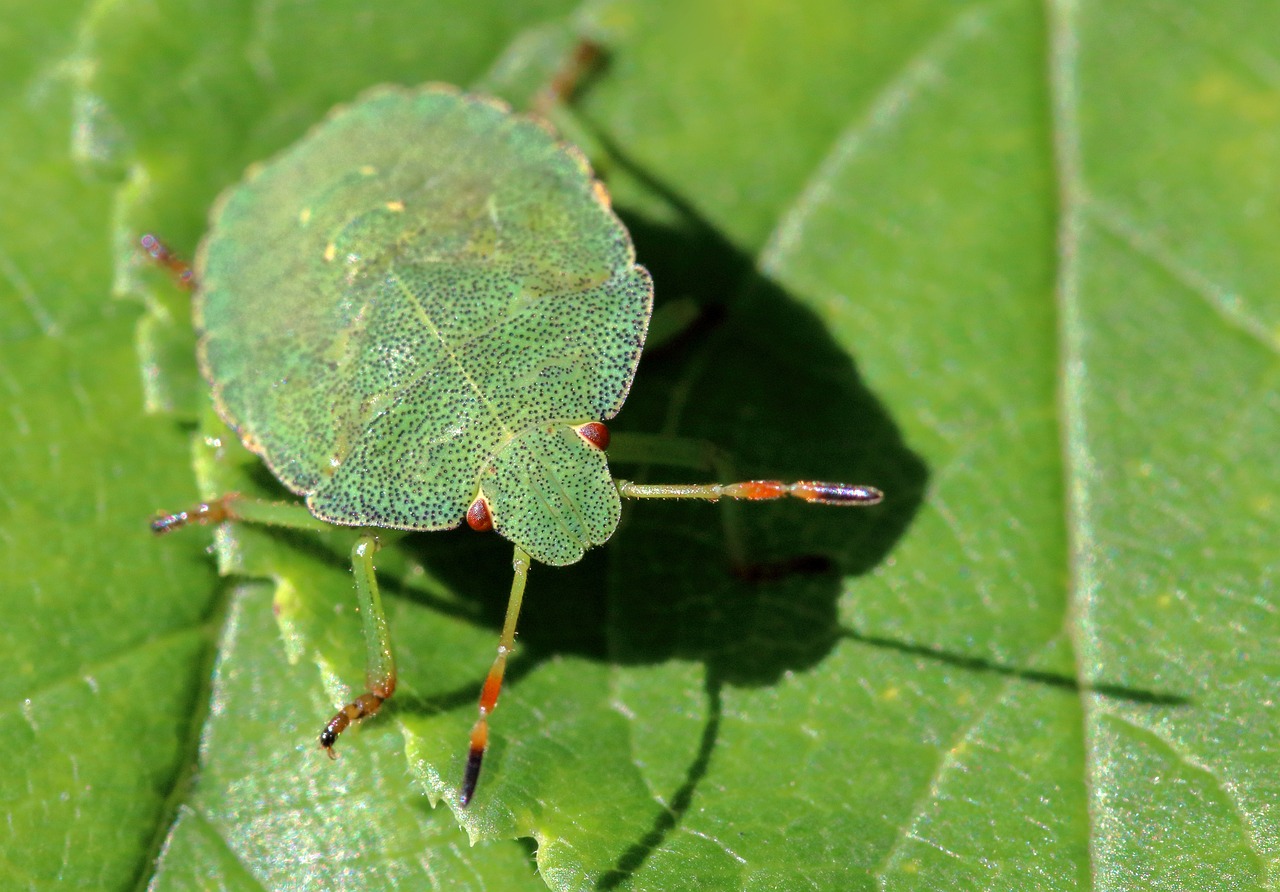
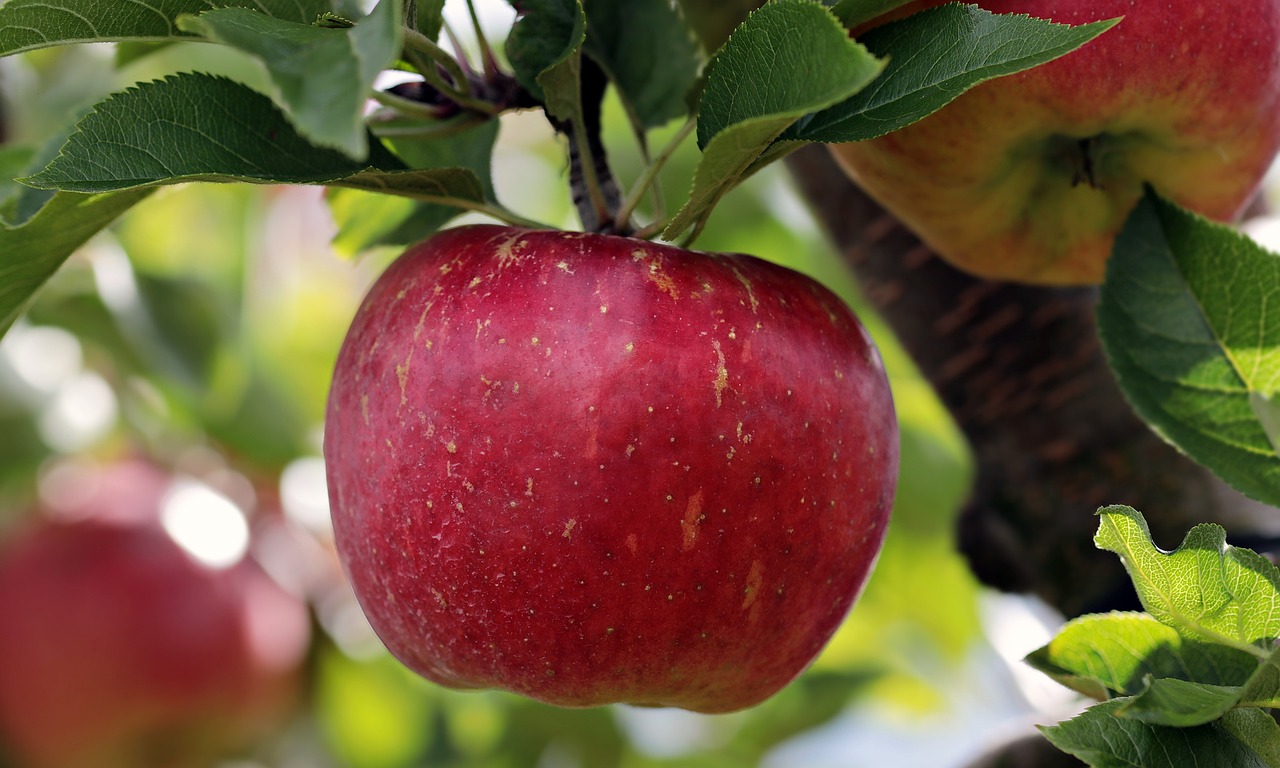
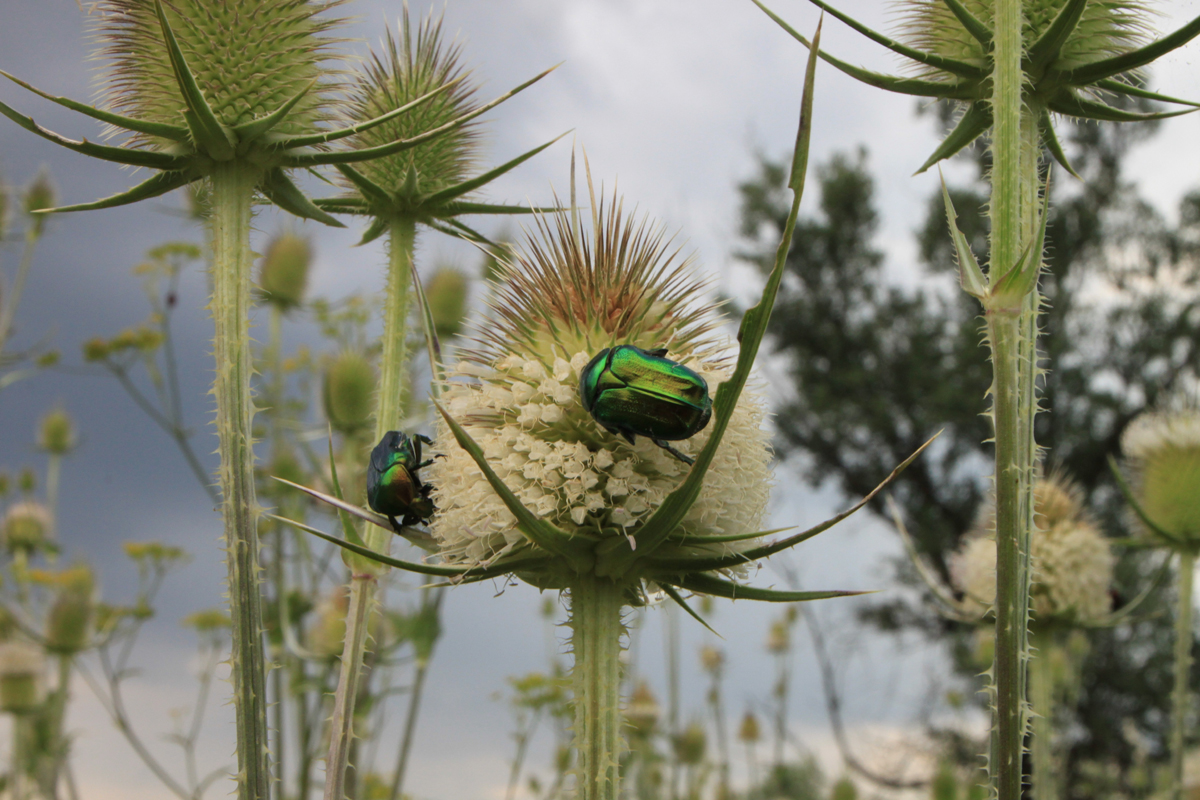
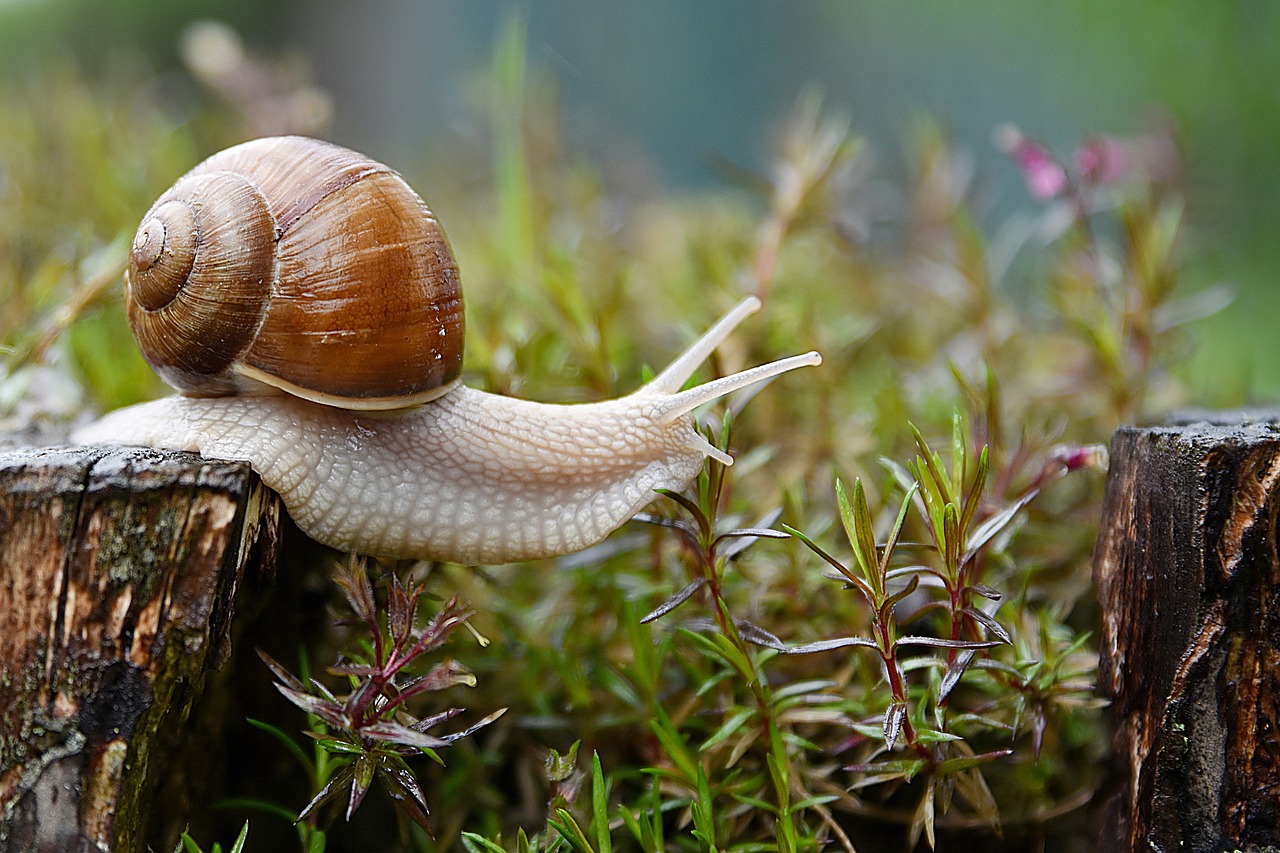
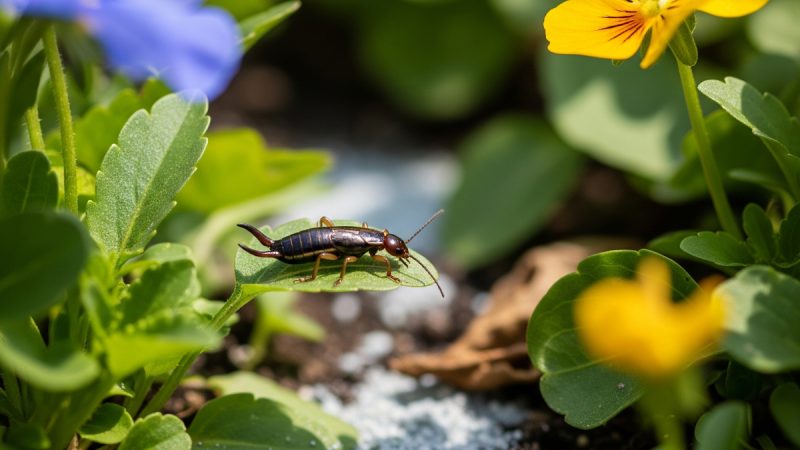
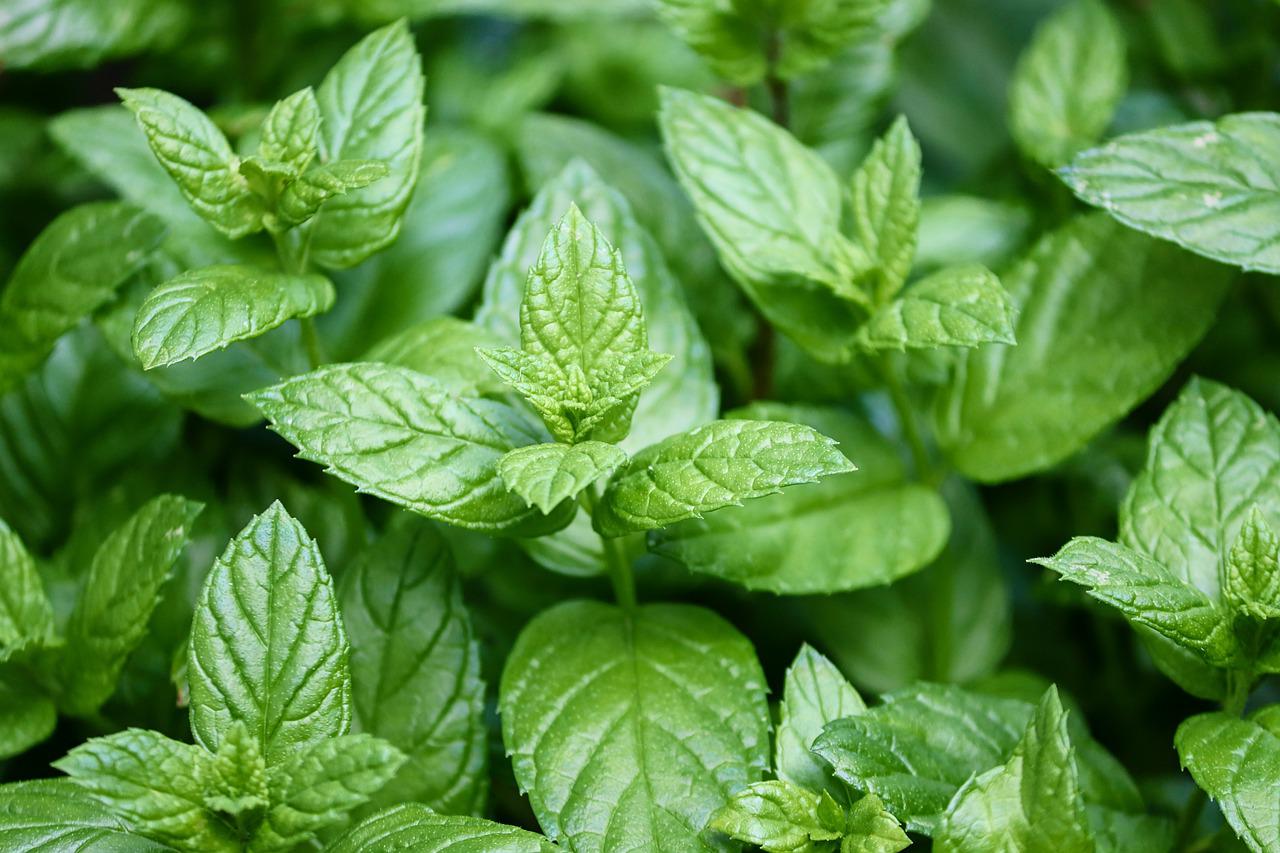
Natural Weed Eliminator Formula
A simple way to get rid of weeds that grow along pathways, patio stones or sidewalks easily is by spraying them with undiluted white vinegar.
Make sure you protect any nearby plants that you want to keep! Spray vinegar directly onto the leaves and around the base of the weeds. You might have to respray stubborn weeds the next day. Good luck!
Thank you for sharing this natural weed elimination formula! Using undiluted white vinegar is a fantastic alternative to chemical-based herbicides, as it is both effective and environmentally friendly. However, it’s important to exercise caution and protect any nearby plants or vegetation that you wish to keep, as vinegar can potentially harm them too. Additionally, some particularly stubborn weeds might require multiple applications for complete eradication. Overall, this seems like a great tip to try out. Thanks again for sharing!
This post is very interesting on my opinion. I’d like to thank you for sharing.
I’m glad you found the post on weeds interesting! Thank you for taking the time to read and comment on it. Feel free to share any thoughts or insights you gained from the article. It’s always beneficial to learn more about our surroundings, even the seemingly mundane aspects like weeds.
Nice site, nice and easy on the eyes and great content too. I will remember this.
Thank you for your kind words about the website! We strive to create a visually pleasing and informative experience for our readers. We’re glad to hear that you found our content helpful and that you’ll keep our site in mind. If you have any specific questions or suggestions, feel free to let us know. Happy gardening!
Such informative post! I’ll recommend it to my friends. Great work!
Thank you so much for your kind words and for sharing our article with your friends! We’re glad to hear that you found it informative and appreciate your support. If you have any more questions or suggestions for future articles, feel free to let us know. Thanks again!